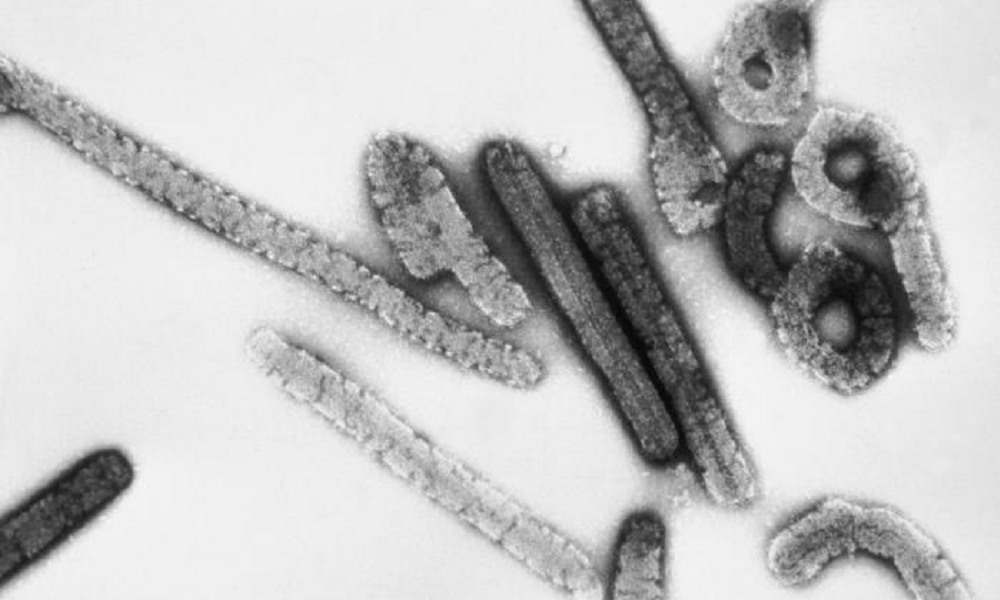World
Nearly 3,500 sea lions in Peru die of H5N1 bird flu

Nearly 3,500 sea lions in Peru have recently died of H5N1 avian influenza, five times as many as previously reported, the government announced Thursday amid growing concern about the virus. Tens of thousands of birds have also died.
According to an update from the agriculture ministry, at least 3,487 South American sea lions have been found dead in seven natural areas since November. This represents approximately 3.3% of the total population in the country.
The numbers are significantly higher compared to mid-February, when 700 sea lions were reported to have died.
“The high mortality observed was worrisome; for instance, up to 100 dead individuals floating together in the sea – an unprecedented observation for this geographical region,” researchers said in a study last month. “The clinical symptoms of dying individuals were mainly neurological, such as tremors, convulsions and paralysis.”
The South American fur seal has also been affected, with five of these mammals having been found dead in recent weeks. Authorities have also reported the deaths of a dolphin and a lion.
It’s unclear how the sea lions were infected but researchers have not been able to rule out mammal-to-mammal transmission. “This should be urgently investigated,” the authors of the study said.
At least 63,000 birds at 8 protected natural sites in Peru have also died since the start of the outbreak, including boobies, pelicans and guanayes.
The global spread of H5N1 avian influenza clade 2.3.4.4b – and the recent spread to a growing number of mammals – has raised concern about the possibility of a future variant which could lead to human-to-human transmission.
“The global H5N1 situation is worrying given the wide spread of the virus in birds around the world and the increasing reports of cases in mammals, including in humans,” Dr. Sylvie Briand, a WHO official, said on Friday. “WHO takes the risk from this virus seriously and urges heightened vigilance from all countries.”
Earlier this week, China reported a case of H5N1 bird flu in a 53-year-old woman from Jiangsu province. The news came just a week after an 11-year-old girl in Cambodia died from an older variant of the virus, which also infected her father.
In January, Ecuador reported the first human case of H5N1 bird flu in South America. The 9-year-old became seriously ill but has since recovered. A 38-year-old woman in China died in September.
At least 3,500 sea lions in Peru have recently died of H5N1 bird flu, nearly 5 times as many as previously reported, the government says pic.twitter.com/ig1H3QsmjE
— BNO News (@BNOFeed) March 3, 2023

-

 World4 days ago
World4 days agoEthiopian volcano erupts for first time in thousands of years
-

 Legal1 week ago
Legal1 week agoMichigan man JD Vance sentenced to 2 years for threatening Trump and JD Vance
-

 Legal1 week ago
Legal1 week agoWoman in critical condition after being set on fire on Chicago train
-

 World1 week ago
World1 week agoHurricane Melissa registered 252 mph wind gust, breaking global record
-

 Legal12 hours ago
Legal12 hours agoUtah Amber Alert: Jessika Francisco abducted by sex offender in Ogden
-

 Legal6 days ago
Legal6 days agoSuspect in San Diego stabbing shot by authorities after fleeing into Mexico
-

 Legal1 week ago
Legal1 week ago1 dead, 2 injured in shooting at Dallas Walmart parking lot
-

 Health7 days ago
Health7 days agoMarburg virus outbreak in Ethiopia grows to 6 confirmed cases




